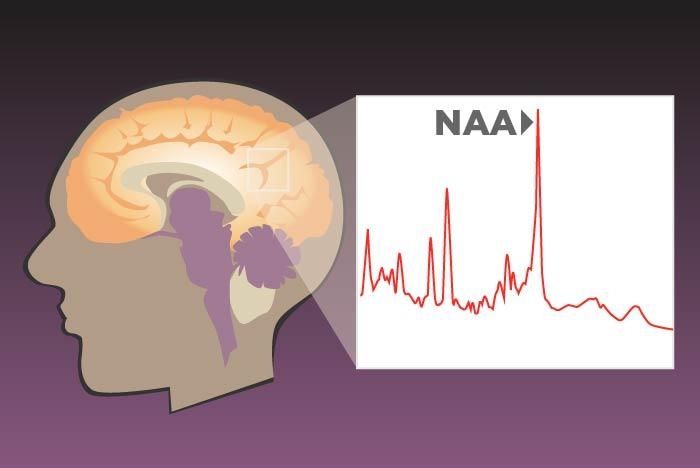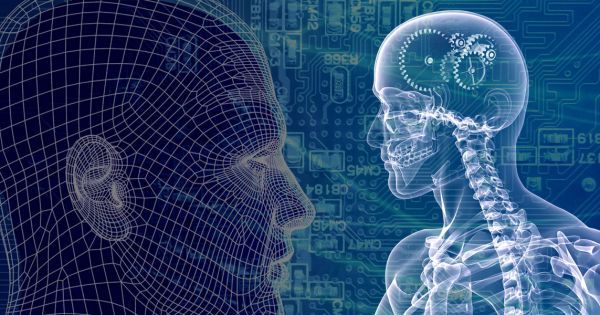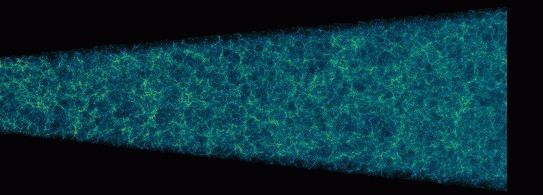Page 11425
Jun 24, 2016
IBM to deliver 200-petaflop supercomputer
Posted by Shailesh Prasad in category: supercomputing
More supercomputer news this week: The US is responding to China’s new Sunway TiahuLight system that was announced Monday, and fast. First, the Department of Energy’s (DOE) Oak Ridge National Laboratory is expected to take delivery of a new IBM system, named Summit, in early 2018 that will now be capable of 200 peak petaflops, Computerworld reports. That would make it almost twice as fast as TaihuLight if the claim proves true. (We had originally reported in 2014 that both Summit and Sierra would achieve roughly 150 petaflops.)
TaihuLight (pictured below) now sits at number one on the twice-yearly TOP500 list of the fastest supercomputers in the world, with a Linpack benchmark score of 93 petaflops and a claimed peak of 124.5 petaflops. The latest TOP500 announcement Monday caused a bit of a stir. Not only is TaihuLight roughly three times faster than China’s Tianhe-2, the prior champion, but it also uses no US-sourced parts at all for the first time, as it’s powered by Sunway 260-core SW26010 processors that are roughly on par with Intel Xeon Phi, as well as custom proprietary interconnect.

Continue reading “IBM to deliver 200-petaflop supercomputer” »
Jun 24, 2016
Replacing Humans With AI? IBM’s Watson Edits An Entire Magazine On Its Own
Posted by Shailesh Prasad in categories: computing, robotics/AI
IBM and marketing company The Drum just announced that the AI Watson was able to edit an entire magazine on its own. This showcases the computing potential that AI has in an increasing number of fields.
IBM and a marketing company called The Drum just announced that the AI system known as Watson was able to edit an entire magazine on its own. Yep, an AI magazine editor.
According to a statement released via The Drum, the magazine edited by Watson contains different features that shows Watson’s capabilities. It has different analytical functions, as well as skills necessary to assist modern-day marketers. Also, Watson has been programmed to have the capacity to answer a series of questions about David Olgivy, the “advertising legend,” and was able to give some predictions for the winners of this year’s Cannes Lions awards.
Jun 24, 2016
Unexpected discovery reveals secret of how cancer spreads in the body
Posted by Sean Brazell in category: biotech/medical

Metastasis (spread of cancer) is one of the biggest challenges in cancer treatment. It is often not the original tumor that kills, but secondary growths. But a key question in cancer research has been how vulnerable cancer cells are able to survive once they break away from a tumor to spread around the body.
“Metastasis is currently incurable and remains one of the key targets of cancer research,” said lead researcher Stéphanie Kermorgant, PhD, from Barts Cancer Institut at Queen Mary University of London (QMUL). “Our research advances the knowledge of how two key molecules communicate and work together to help cancer cells survive during metastasis. We’re hoping that this might lead to the discovery of new drugs to block the spread of cancer within the body.”
Continue reading “Unexpected discovery reveals secret of how cancer spreads in the body” »
Jun 24, 2016
Brain markers of numeric, verbal, and spatial reasoning abilities found
Posted by Sean Brazell in categories: chemistry, health, neuroscience

A new study helps explain how brain structure and chemistry relate to “fluid intelligence” — the ability to adapt to new situations and solve problems one has never encountered before.
The study, reported in an open-access paper in the journal NeuroImage, observed two facets of fluid intelligence*:
Continue reading “Brain markers of numeric, verbal, and spatial reasoning abilities found” »
When a nuclear technology has been kept classified since the 60s, you know that it is worth looking into. The Casaba Howitzer is one configuration for a nuclear shaped charge, that can concentrate the power of an atom bomb into a narrow cone.
In this post, we’ll look at its potential configurations, its advantages and limits, and how it can be applied to both propulsion and warfare.
Origins
Jun 24, 2016
Star Trek Replicators Become Reality With NASA’s New 3D Printer/Recycler
Posted by Andreas Matt in categories: 3D printing, futurism
NASA aims for a Star Trek future by transforming replicators into a real-world technology using a 3D printer/recycler! — B.J. Murphy for Serious Wonder.
Jun 24, 2016
Is Cause & Effect Limited By The Speed Of Light?
Posted by Sean Brazell in category: space
How fast can a cause make an effect? Is there a speed limit? How much of the universe can you influence with any given action?
Jun 24, 2016
Gun Fusion: Two barrels to the stars
Posted by Andreas Matt in categories: chemistry, nuclear energy, particle physics
To start a fusion reaction, you have to create extreme conditions. A combination of stellar temperatures, incredible pressures and lightning-quick energy dumps have all been tried to create these conditions, with varying degrees of success.
In this post, we’ll look at a low-cost, low-energy method of achieving nuclear fusion. It’s not Cold Fusion, it’s Gun Fusion.
Understanding what’s difficult
Jun 24, 2016
Watch The Universe is-Expanding Faster Than the Laws of Physics Can give details, New Measurements Reveal
Posted by Andreas Matt in categories: evolution, particle physics, space
Physicists in the US presently made the most precise measurement ever made of the present rate of growth of the Universe, but there is a problem: our Universe is expanding 8 percent quicker than our present laws of physics can give details. Currently astronomers are looking over once more at their measurements and if turn out to be right, this latest measurement will automatically force us to redefine how dark substance and dark energy have been manipulating the evolution of the Universe for the past 13.8 billion years, and that can’t be done without changing or addition something in the typical model of particle Physics.















